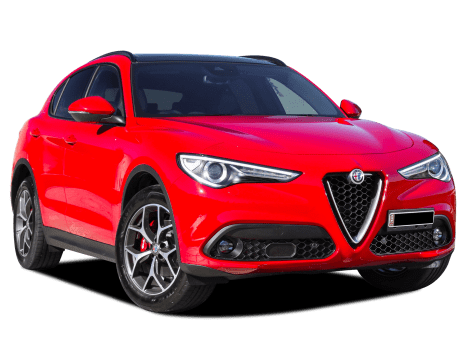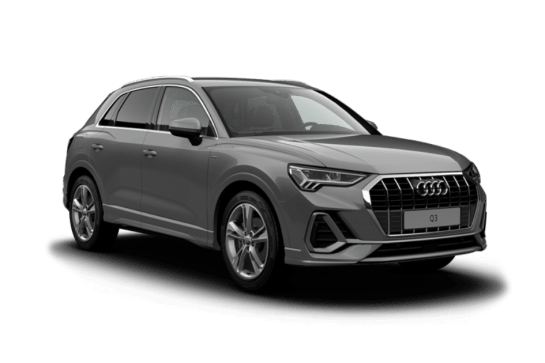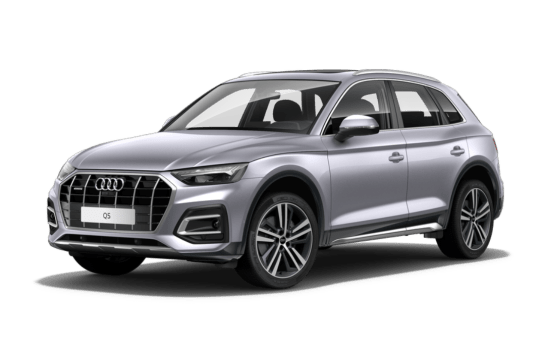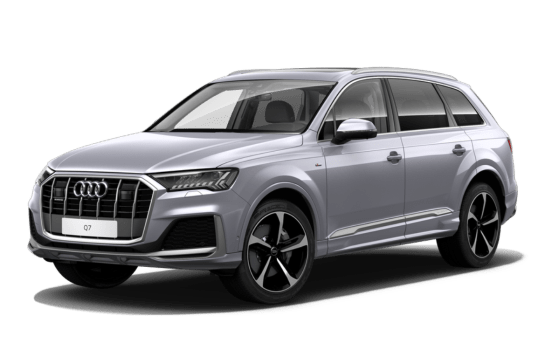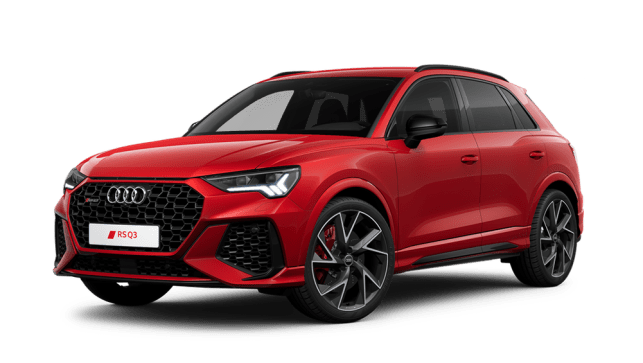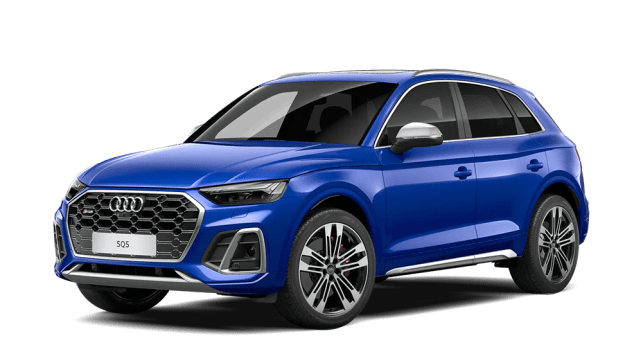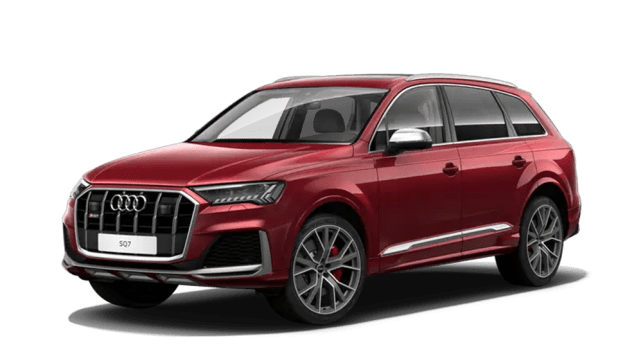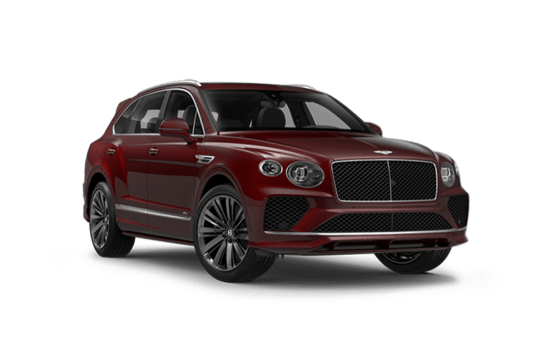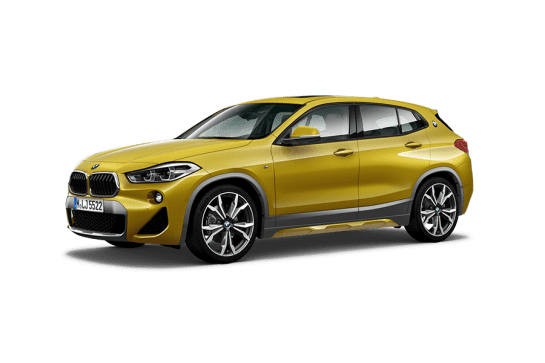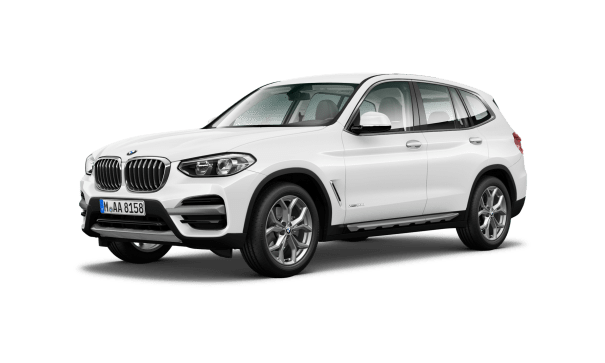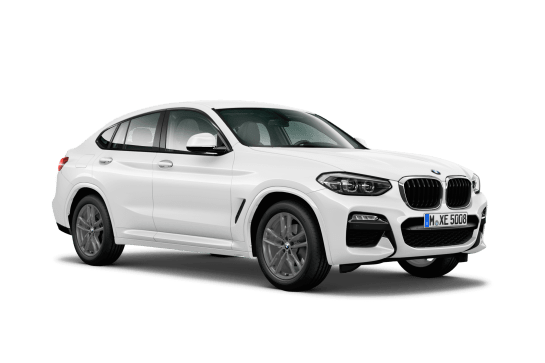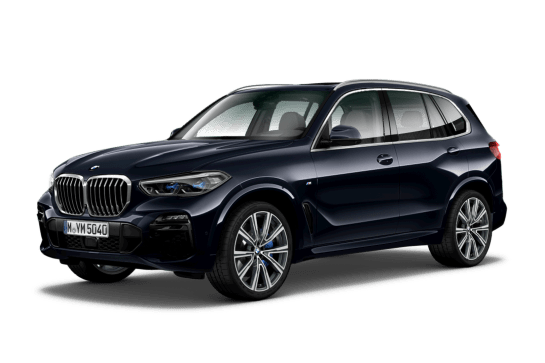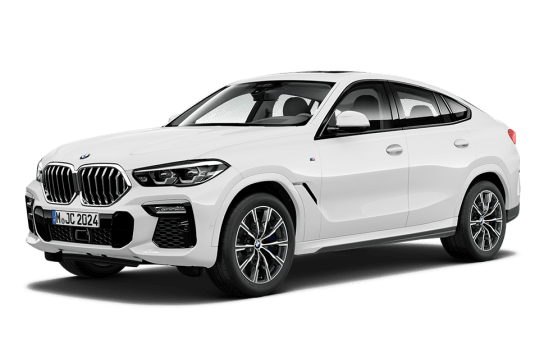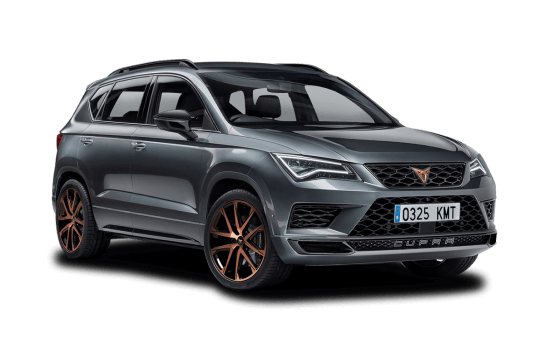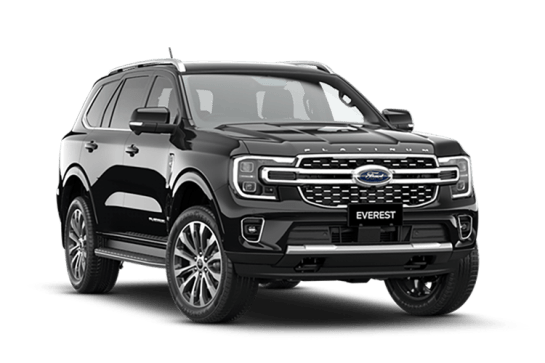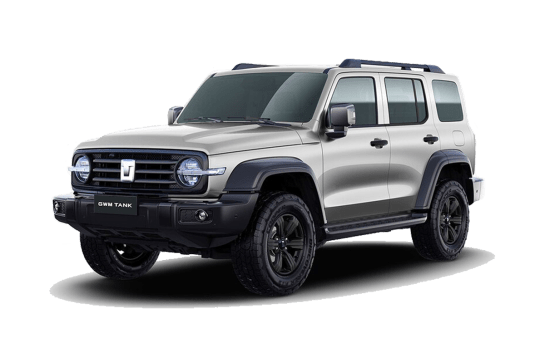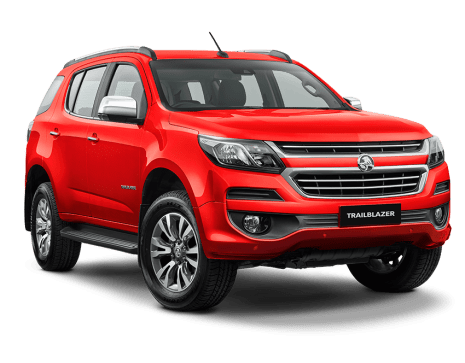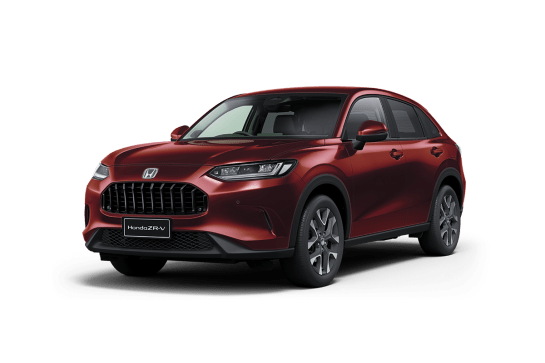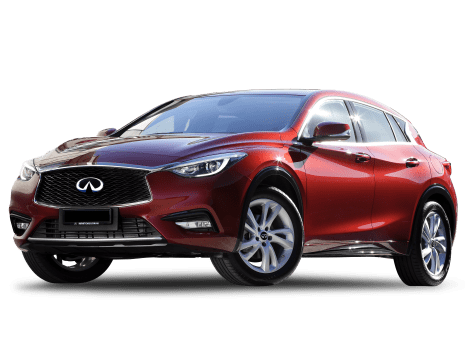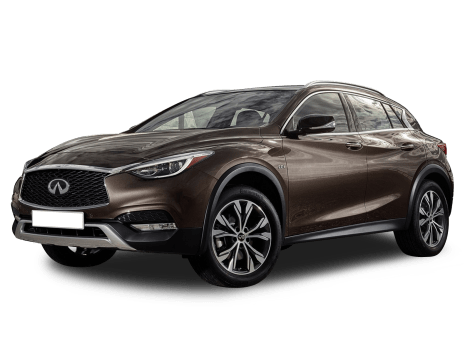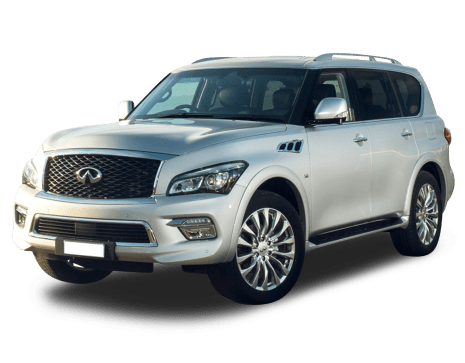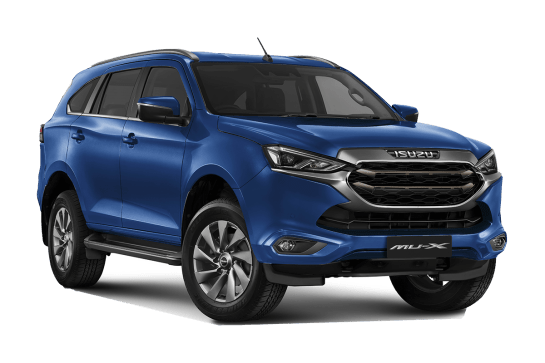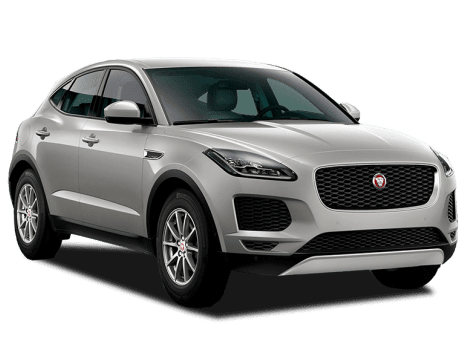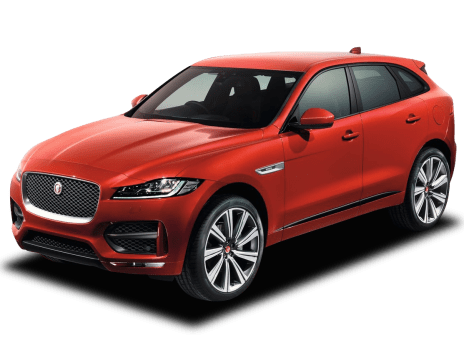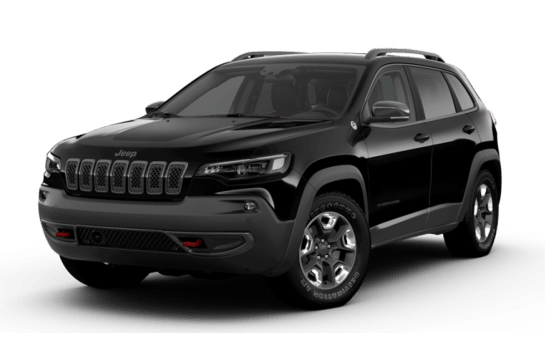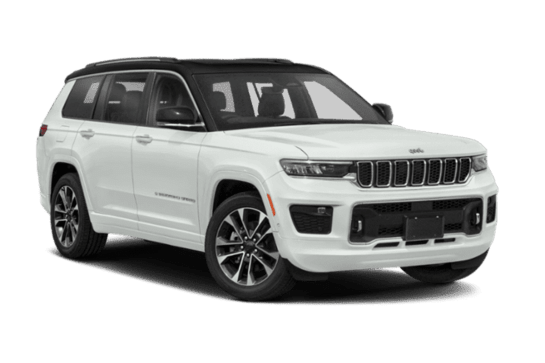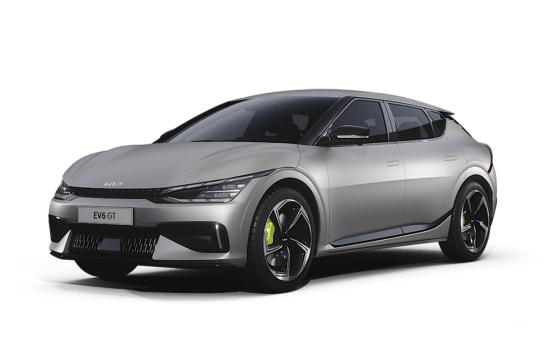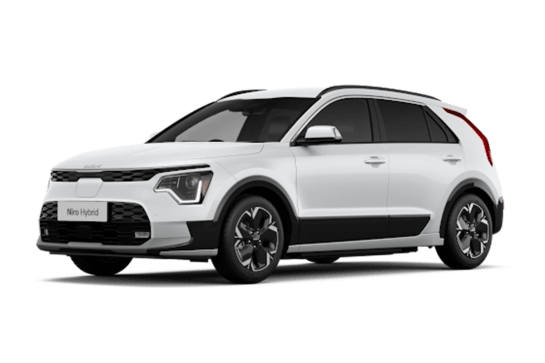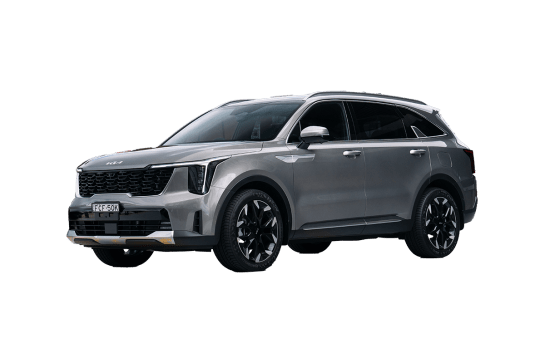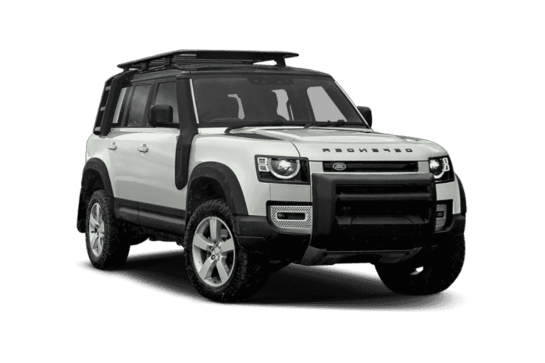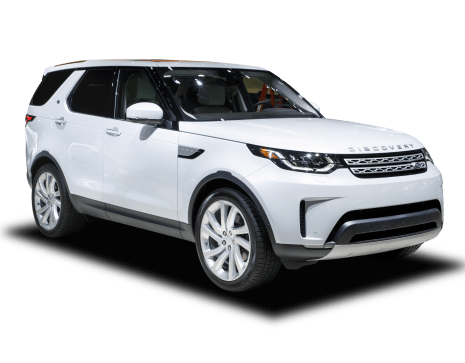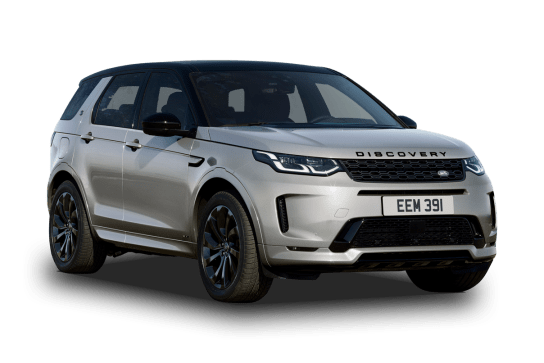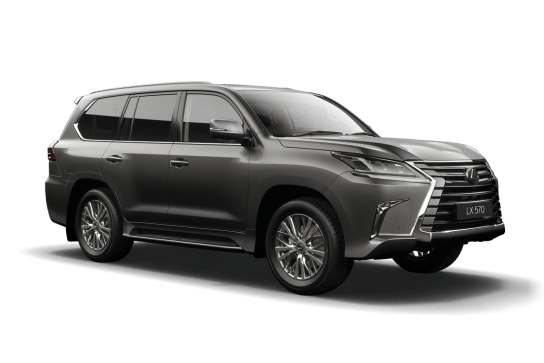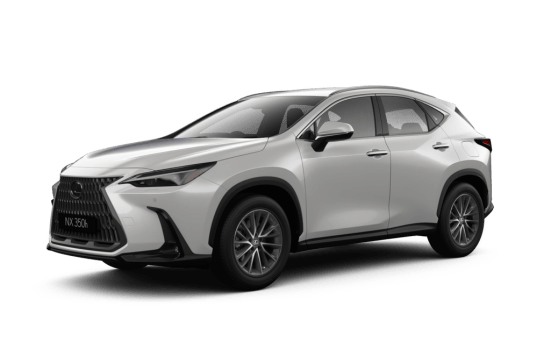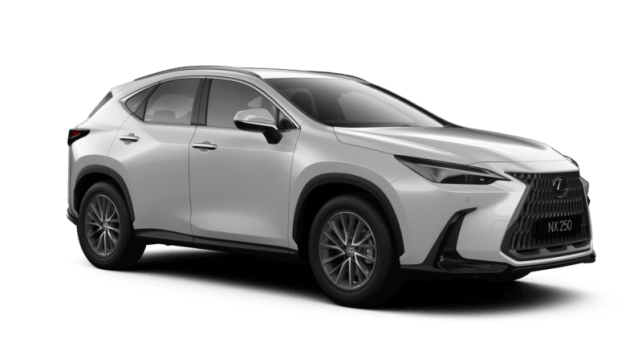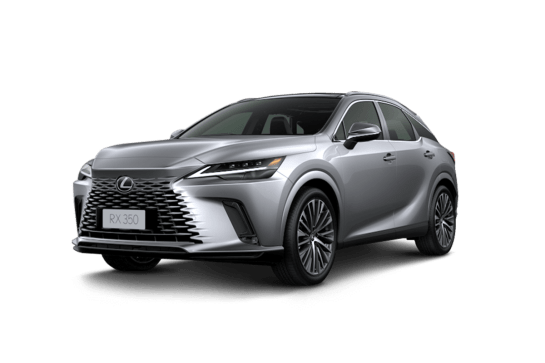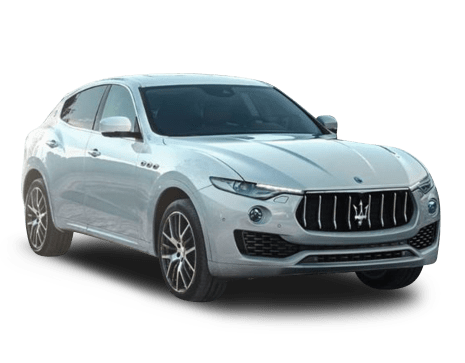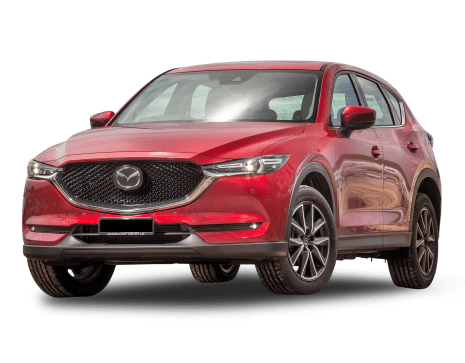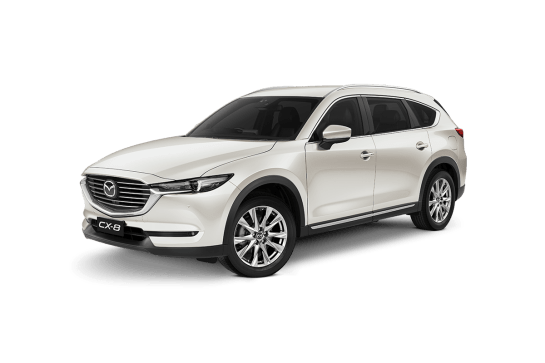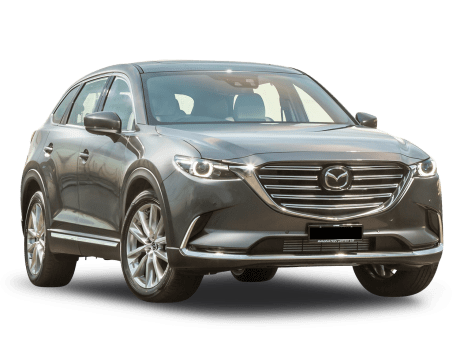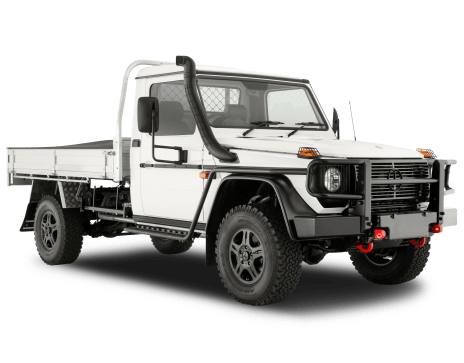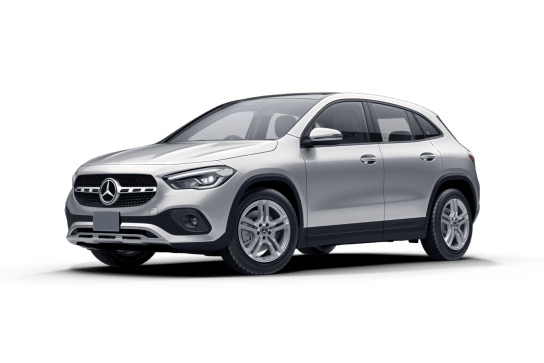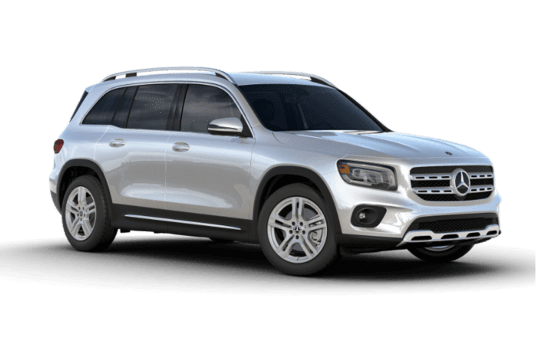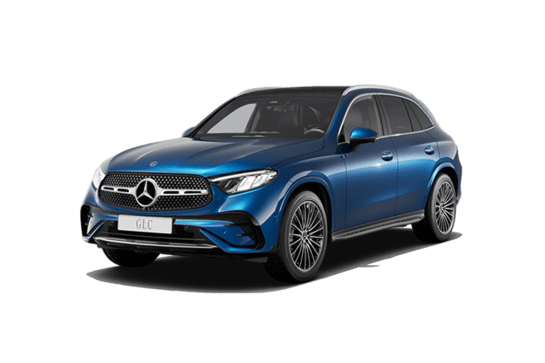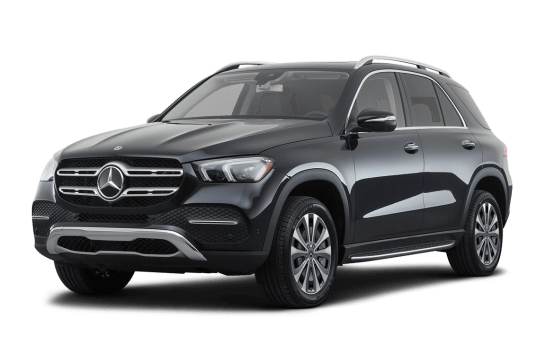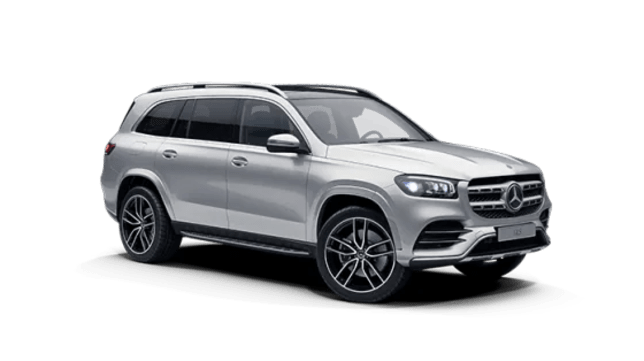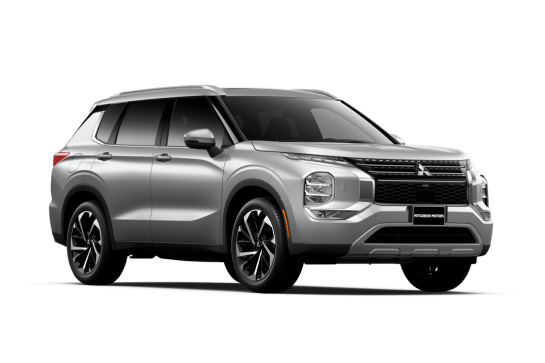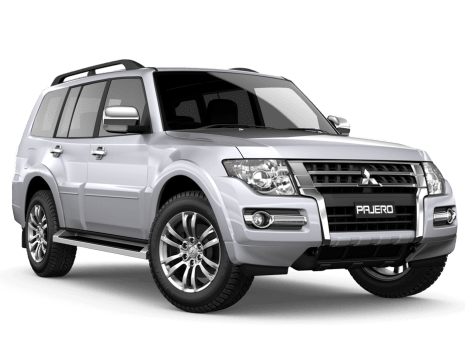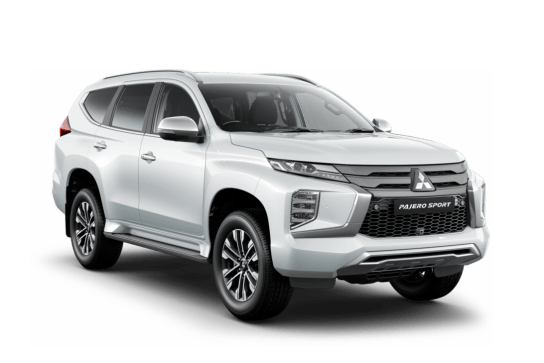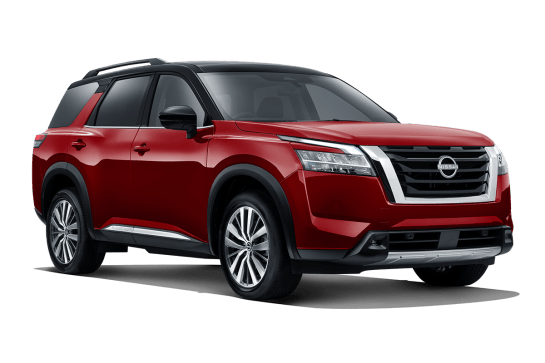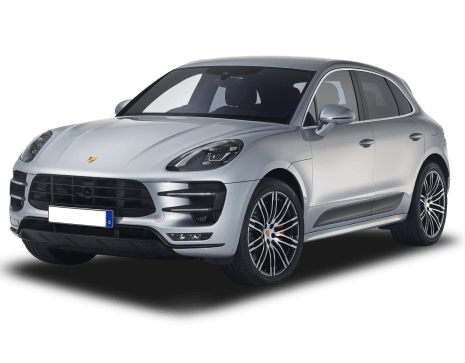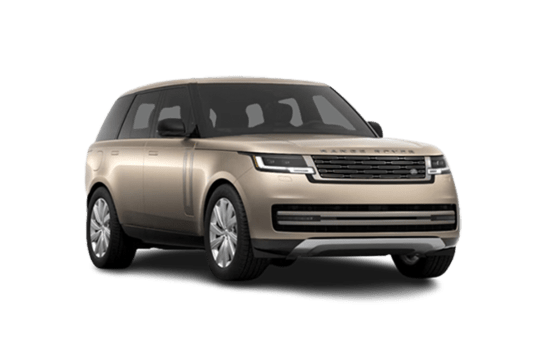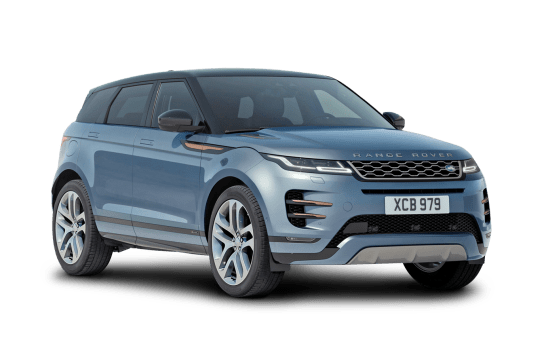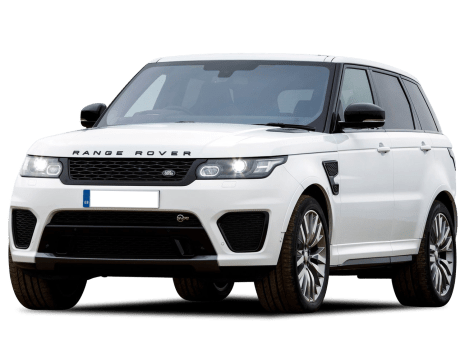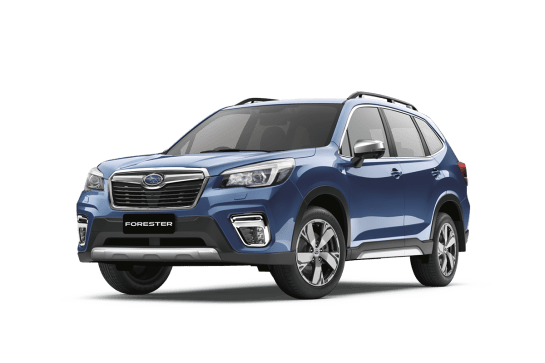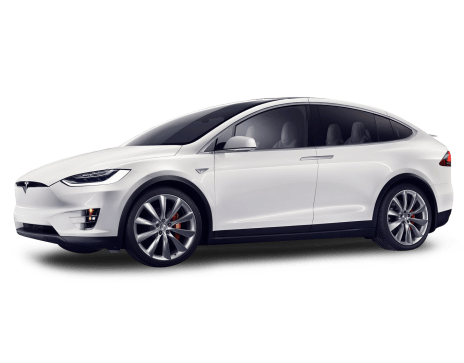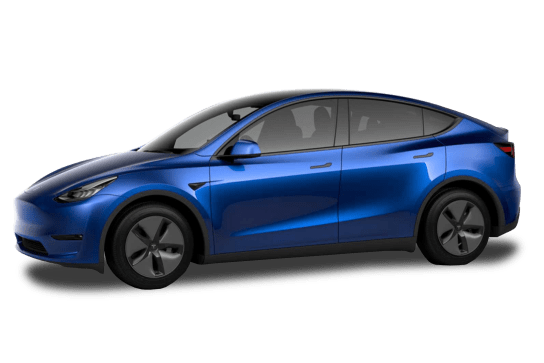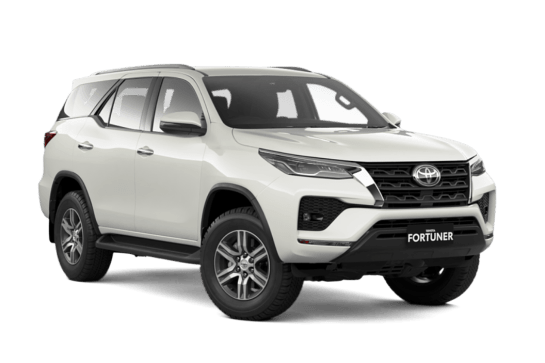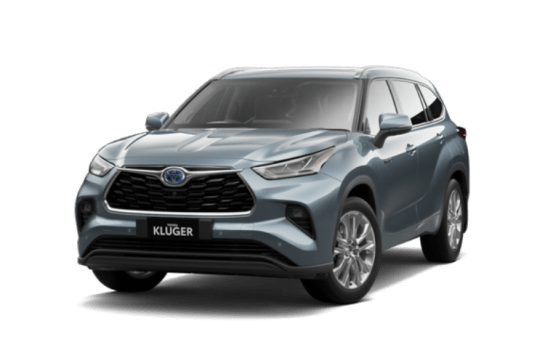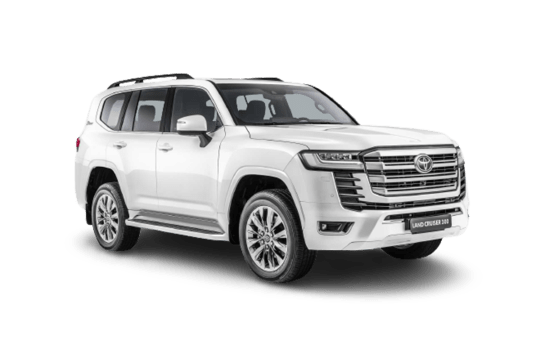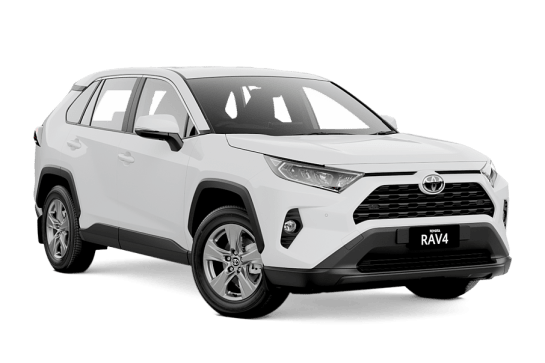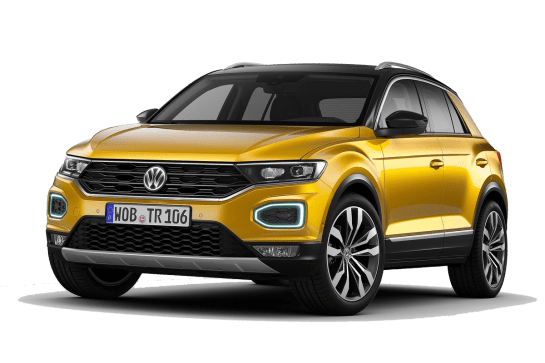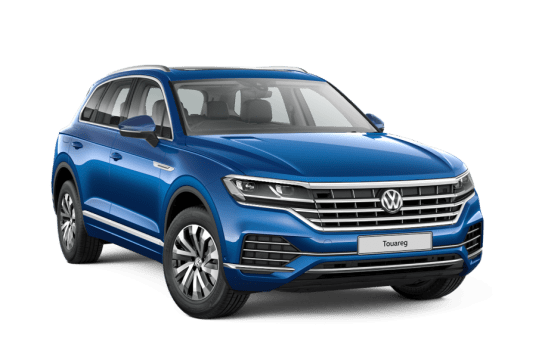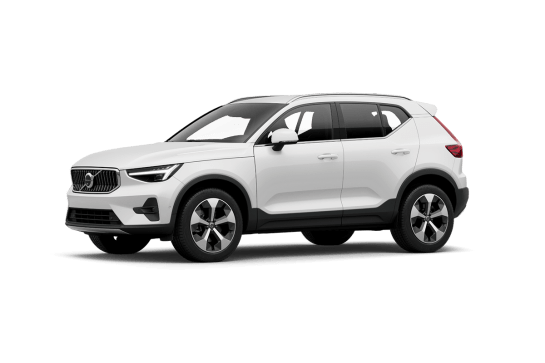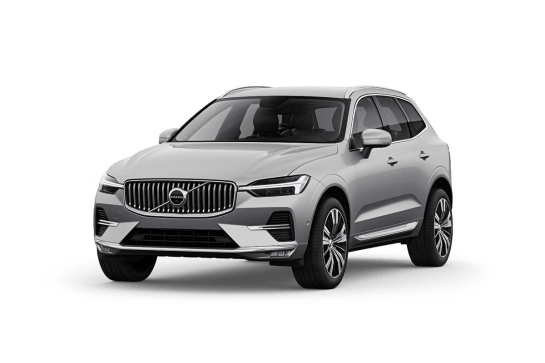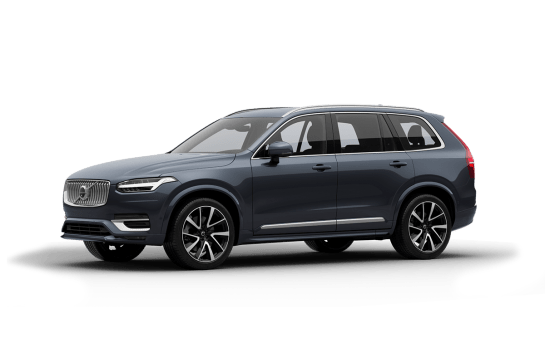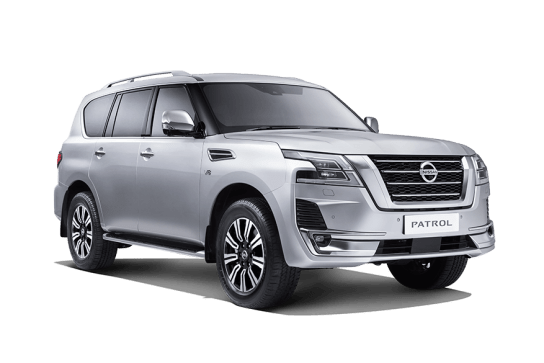
Nissan Patrol VS Land Rover Discovery
Nissan Patrol
Likes
- Big V8
- Very comfortable on-road
- Very capable off-road
Dislikes
- Price jump
- Bit thirsty
- No ANCAP safety rating
Land Rover Discovery
Likes
- Comfortable on-road
- Capable off-road
- Air suspension
Dislikes
- Price-tag
- Wheels and tyres not suited to off-roading
- Spongy brakes
Summary
Nissan Patrol
The Nissan Patrol has copped flak in recent years because it hasn’t kept pace with its rivals in terms of modernity, specifically its in-cabin look, design and multimedia systems.
The new Y63 Nissan Patrol is due to go on sale in Australia before the end of 2025, but in the meantime, Nissan has upgraded the current-generation Patrol in an attempt to address those issues.
The Patrol range now has, among other things, an upgraded multimedia system with a larger 10.1-inch touchscreen, a 15W wireless smartphone charge pocket, Hema off-road mapping and it finally has Apple CarPlay and Android Auto.
Read more about
- How this car brand has turned itself around: Nissan bounces back on the resurgence of X-Trail e-Power hybrid as an alternative to the Kia Sportage and Toyota RAV4 Hybrid
- How long will this electric car pioneer be without an EV? No more Nissan Leaf production and Ariya hold-up may see Japanese brand without a rival for Tesla Model Y or MG4 in Australia for a while
- Why the Nissan Patrol Warrior didn't become a $200,000 V8 supercharged off-road weapon and instead focused on value to challenge the LandCruiser 300 Series GR Sport
There was a lot to like about the Patrol before this upgrade. Depending on the variant, you get seven or eight seats, a stack of standard features and this 4WD is a proven touring and towing platform. But has this latest range refresh given the Patrol even more appeal?
Read on.
| Safety rating | — |
|---|---|
| Engine Type | 5.6L |
| Fuel Type | — |
| Fuel Efficiency | 14.4L/100km |
| Seating | 7 seats |
Land Rover Discovery
The Land Rover Discovery is a bit of a classic with 4WDers – and while it’s never attracted a massive and passionate fanbase like its hard-core stablemate, the Defender, it’s done okay for itself.
There used to be a clear distinction between the Discovery and the Defender. The Discovery was always your Landie of choice if you were after a luxurious smooth-riding 4WD, while the Defender was a gruff, rough-riding, hard-core adventure machine.
Read More about the Discovery
Well, with the new Defender being so refined, so well-appointed, so comfortable and so nice to drive – it’s almost like a Discovery in disguise – is the 22MY Discovery even relevant any more?
More importantly, does it make sense as your next seven-seat 4WD wagon?
Read on.
| Safety rating | |
|---|---|
| Engine Type | 3.0L turbo |
| Fuel Type | Diesel |
| Fuel Efficiency | 7.5L/100km |
| Seating | 7 seats |
Verdict
Nissan Patrol7.6/10
The Nissan Patrol is nice to drive on-road for a big 4WD wagon – it’s refined, it’s comfortable – and it’s a very capable 4WD.
This is a proven touring and towing platform – and the upgraded multimedia system brings the Patrol up to date and adds a much-needed tech boost to the package.
There’s a lot to like about the V8 and though the Patrol’s interior still feels old, if you can’t wait for the next-gen Patrol this upgraded version might be just right for you.
At this price, though, the Premcar-enhanced Warrior is the better bet.
Land Rover Discovery8/10
The Land Rover Discovery D300 S is a great family-friendly 4WD wagon.
It’s quiet, refined, and supremely well appointed; it’s also very nice to drive on-road and it’s a lot of fun – and very capable – off-road.
It’s packed full of driver-assist tech and its Pivi Pro system is a real treat to use once you’ve mastered the art, which doesn’t take long.
But you could say all of those same things about the new Defender.
So, is the Discovery still relevant? I reckon it is … at least for the time being.
Design
Nissan Patrol
The Nissan Patrol is 5175mm long (with a 3075mm wheelbase), 1995mm wide, 1955mm high and it has a kerb weight of 2861kg.
This bulky wagon takes up plenty of real estate and looks as impressive as you’d imagine rolling thunder to look on the road.
Though the range upgrades have mostly been limited to the multimedia system, that’s fine because – until the new Patrol arrives – the current Patrol has more than enough presence at rest and on the move to catch the eye, and not simply because of its sheer bulk.
Whereas the 300 Series has become a bit softer around the edges and, gulp, more contemporary, this generation Patrol at least retains some of the heavy-shouldered stature of 4WDs past.
Its interior, though slightly different to that of pre-upgrade versions, remains comfortably familiar, and I like it.
But even with new the tech offerings and the introduction of a few concessions to our charge-hungry generation, the Patrol’s cabin still feels old. I don’t mind it, but I’m sure there are some people who reckon the next generation can’t arrive soon enough.
Land Rover Discovery
As always, I’ll avoid waxing lyrical about the styling of a vehicle – suffice to say, it looks good.
In terms of dimensions, this Discovery is 4956mm long (with a 2923mm wheelbase), 2220mm wide and 1888mm high.
It has a listed kerb weight of 2437kg.
Practicality
Nissan Patrol
The Patrol cabin is plush and comfortable, a nice blend of premium and practical.
Up front, it’s a well-appointed space – leather everywhere, as well as soft-touch, padded and durable surfaces – and the fit and finish is impressive.
You get a 10.1-inch touchscreen multimedia system (with wired and wireless Apple CarPlay and Android Auto), digital radio, steering-wheel-mounted everything and the front seats are power-adjustable (10-way for the driver, eight-way for the passenger).
There are plenty of storage spaces up front – including a deep centre console that can be used as a cooler box, little nooks for your wallet/keys/etc, as well as pop-out cupholders and door pockets. As well as enough USB points (USB-C, USB-A and a wireless charge pocket) to keep your devices powered up.
There are four 12V outlets (front, centre console, second row and rear luggage area).
The second row is very comfortable; when I sat behind my driving position I had head, shoulders and leg room. The second-row seats are a 60/40 split-fold configuration, with manual recline and fold function and a fold-down centre armrest.
For baby capsules or child seats, the two outer seats in the second row include a top tether point and ISOFIX anchors.
There are cupholders in the fold-down armrest as well as controls for the air con and two USB ports on the back of the centre console.
The third row is a 60/40 split-fold configuration with manual recline and fold function. There is one top tether anchorage point.
In terms of third-row seating comfort, it’s okay. There’s room enough for a Hobbit like myself, but the seats are flat and unsupportive.
All three rows get air con – there are roof-mounted vents – and there are a few handy storage spaces in the third row, but no cupholders.
With the third-row seats in use boot space is listed as 467L. With the third row stowed away, there’s a claimed 1413L of cargo space. With the second and third rows stowed, there’s a claimed 2623L, which is plenty.
Land Rover Discovery
The interior has a real premium feel about it, but it still serves as a very practical space.
The third-row seats can be either manually folded down into the floor to use that area as cargo space, or lifted up into a seating position.
There is a load-space cover, light, luggage tie-downs, bag hook and 12v in the rear, and two USB charging sockets for the third-row passengers.
The second row is a 60:40 electric-folding set-up with manual slide and powered recline, centre headrest and armrest, as well as map pockets, and door-moulded recesses. Second-row passengers get two USB C and one USB A charging points, air vents, air-con controls and more.
The front seats are 14-way electrically-adjustable with captain’s armrest, grained leather seat facings with Ebony interior; the Pivi Pro 11.4-inch touchscreen with digital radio, Apple CarPlay and Android Auto; as well as one USB A and three USB C points.
The Discovery has a fixed front and rear panoramic roof.
Price and features
Nissan Patrol
The Ti-L has a manufacturer suggested retail price (MSRP) of $101,600, excluding on-road costs.
One of its chief rivals, the Toyota LandCruiser 300 Series Sahara, has a price-tag of approx. $138,191, before on-road costs, so right there is a saving of almost $40,000.
The new price-tag means buyers are forking out $3000 more for the new gear over a standard non-upgraded Patrol.
Standard features now include the new 10.1-inch touchscreen multimedia system (with wired and wireless Apple CarPlay and Android Auto), digital radio, built-in navigation, a 15W wireless smartphone charge slot, as well as three-zone climate-control, front and rear parking sensors and a power-operated tailgate.
It also has 10-way driver seat with power slide/recline/height/tilt/lumbar adjustment, driver’s seat memory (with two settings, including side mirrors and steering column), eight-way front passenger seat (with power slide/recline/height adjustment) and heated/cooled front seats.
Again, compared with Toyota LandCruiser 300 Series Sahara, the Patrol offers just as much onboard gear for considerably less money.
Exterior paint choices on the Ti-L include the no-extra-cost 'Gun Metallic' or premium paint jobs: 'Brilliant Silver', 'Black Obsidian', 'Champagne Quartz', 'Hermosa Blue' and 'Moonstone White'.
Land Rover Discovery
For reference, this Discovery D300 S has a price-tag of $101,875* (plus on road costs).
As standard, the seven-seat Discovery’s list of features is considerable, as it should be at this price-point, and includes a 11.4-inch Pivi Pro multi-media touchscreen (like an all-in-one vehicle operating system, but more about it later), Apple CarPlay and Android Auto, fixed sunroofs, 3D Surround Camera, height-adjustable air suspension, 20-inch five-split-spoke, gloss silver wheels, and a whole lot of driver-assist tech.
There are also plenty of optional features available, which obviously push the price up the more you add to your Disco.
Our test vehicle was equipped with a stack of those extras and, because of that, its price-tag was $110,910* (plus on-road costs). (Prices correct at time of writing.)
Optional features on our test vehicle include Advanced Off-Road Capability Pack ($3970, twin-speed transfer box (high/low range), All Terrain Progress Control, Terrain Response 2, Configurable Terrain Response; Active Rear Locking Differential $1110; Tow hitch receiver $1000; Leisure Activity Key $960; Black Roof Rails $940; Privacy glass $920; Premium carpet mats $640; and wireless device charging $455.
By the way, the Discovery is available in a variety of colours including Fuji White, which is on our test vehicle, as well as versions of black, blue, grey and silver.
Under the bonnet
Nissan Patrol
The Patrol has a 5.6-litre V8 petrol engine – producing 298kW at 5800rpm and 560Nm at 4000rpm – a seven-speed automatic transmission and it has seven seats. (The only other standard Patrol variant, the Ti, has eight seats.)
This is a solid combination, but it lacks a dynamic edge, which is fine with me because it yields a driving experience that’s equal parts relaxed, assured and undemanding.
The big petrol V8 is great. There’s so much grunt on tap, making for a lively on-road drive, and all the while the rumble of that engine, especially under right-foot pressure, provides a welcome soundtrack to your day.
The Patrol has full-time four-wheel drive with high- and low-range.
Land Rover Discovery
The Discovery has a 3.0-litre inline six-cylinder twin-turbo-diesel engine – producing 220kW at 4000rpm and a whopping 650Nm at 1500-2500rpm – working with a mild hybrid system.
Those impressive power and torque figures don’t tell the whole story of just how well the Disco’s engine is able to punch this big unit along the road at a comfortable clip and – bonus – its chunk of torque, useable across a decent rev range, comes in very handy when off-roading.
It has an eight-speed automatic transmission and an all-wheel drive system.
Efficiency
Nissan Patrol
The Nissan Patrol has an official fuel consumption of 14.4L/100km (on a combined, urban/extra-urban cycle).
I recorded 20.9L/100km on this test. I did a lot of high- and low-range 4WDing – but the Patrol was never working hard.
The Patrol has a 140L fuel tank so and going by my on-test fuel-consumption figure you could reasonably expect a driving range of about 670km from a full tank.
Land Rover Discovery
Fuel consumption is listed as 7.5L/100km on a combined cycle.
Fuel consumption on this test was 9.8L/100km. That’s sound considering I did a lot of high- and low-range 4WDing on this test and the Disco is quite a hefty unit.
The Land Rover Discovery D300 S has an 89-litre fuel tank, so, going by those fuel-consumption figures, I’d expect an effective touring range of about 860km, but remember that figure includes a built-in 50km safe-distance buffer.
Driving
Nissan Patrol
The Patrol is a tried and tested 4WD, but it’s also an impressive open-road tourer.
The auto is a smooth shifter and when you give the throttle firm and steady right-foot pressure the Patrol rumbles up to speed with an almost-lazy efficacy.
Ride and handling are nicely controlled and composed, on sealed surfaces and that’s carried over onto dirt – which I’ll get to soon.
Its upright cabin stands tall, affording the driver ample visibility, and the Patrol’s expansive bonnet only impacts driver visibility when you head off-road – but more about that later.
The Patrol is refined and comfortable and yields a relaxed driving experience.
It has independent suspension – double wishbones and coil springs at every corner – as well as the Nissan’s 'Hydraulic Body Motion Control' system, a network of hydraulic cylinders cross-linked between wheels, which works like a swaybar/swaybar disconnect.
This system automatically alters tension to suit the terrain (tightens on-road to keep the Patrol more controlled on firmer surfaces, such as blacktop; loosens off-road allowing for more flex in the suspension when you’re 4WDing).
Let’s not forget the V8. There's nothing like that growl as a backing track to whatever trip you’re doing and you've always got that throaty engine note as your own personal theme music. Just to put a bit of pep in your step.
It really is a beast of a thing and it is fun to drive. You might pay the price with fuel bills if you enjoy tapping that accelerator with gusto, but, geez, it's worth it.
However, it’s when you get properly engaged in low-speed, low-range 4WDing that the Patrol is truly at home.
There’s no getting past the fact this Nissan wagon is a great touring platform and it’s also an impressive tow vehicle. There's no disputing those things, but it is a big vehicle and while it doesn’t feel as nimble as some other large SUV wagons, at least initially, it quickly becomes easier to drive the more time you spend in it.
It does take a little bit of getting used to if you haven't driven a Patrol before, but I have, many times, so it's quite comfortable and familiar to me.
Steering has a nice feel and weight to it when you’re doing low-range four-wheel driving – and it’s when low-speed, low-range four-wheel driving is when you really need precision and the ability to laser-focus your driving lines.
Throttle response is not touchy over bumps and sharp as long as you’re enthusiastic with it, and the auto transmission is just as cluey off-road as on. However, it can get caught out up hills, holding higher gears for too long, but otherwise it's okay.
There's an overall feeling of control to the Patrol. And again, while it is a large 4WD, it’s easy to drive well and to take on quite hardcore four-wheel driving terrain.
Drive with some consideration of its sheer physical dimensions and you’ll be fine. It’s comfortable and very capable; the result of a combination of traditional-style 4WD mechanicals, plenty of low-down torque and quietly effective driver-assist tech.
The Patrol Ti-L has selectable drive modes for off-road conditions and they include 'Snow', 'Sand' and 'Rock' and they tweak the traction control system, engine response and throttle with the aim of getting the Patrol to perform optimally on the chosen surface.
It has full-time 4WD with high- and low-range and, while it doesn't have the low-down torque of something like the 300 Series, it has plenty of grunt when it counts. There’s ample torque for smooth-momentum 4WDing and the big petrol V8 keeps things ticking along without any stress.
Beyond the very effective off-road traction control system and the great low- and mid-range torque, you also have a rear diff lock. So if things get that difficult, you can always engage it.
The Patrol has plenty of wheel travel, helped somewhat by its aforementioned swaybar-disconnect system, and that articulation helps it stretch a tyre to the dirt for all-important traction.
Off-road driver-assist tech (hill descent control, hill start assist etc) is non-intrusive and effective.
But it’s not all the best of news onboard the Patrol.
It feels quite low when you’re driving it over challenging terrain. Ground clearance is 273mm (compared to the 300 Series' 235mm) and approach, departure and rampover angles (28, 26.3, and 24.4 degrees) are par for the course for a large 4WD wagon with a wheelbase this lengthy.
But, while those measurements check out, that feeling of the Patrol being vulnerable to underbelly scrapes and knocks lingers.
Wading depth is listed as 700mm and, while I didn’t get the chance this time to test that limit (the usual mudholes were dry), I’ve driven through plenty of mudholes in this generation Patrol in the past.
As mentioned, the Patrol has an upright cabin, which offers plenty of visibility, but the expansive bonnet impacts the driver’s vision at the front, especially when driving over, for example, a steep crest into a dry creek bed.
As always, when faced with such a situation it’s best to get out of the vehicle and take a look.
The Patrol’s tyres – Bridgestone Dueler 693II all-terrains (265/70R18) – are perfectly reasonable on-road, but aren't well-suited to hardcore 4WDing.
As always with less-than-ideal off-roading rubber, if you're going to ask more of your Patrol than the occasional gentle drive along well-formed dirt tracks in dry weather, it's a good idea to replace the standard tyres with a decent set of aggressive all-terrain tyres.
I've tow-tested with many Patrol variants over the years, so it’s worthwhile noting the towing capacities which are 750kg (unbraked) and 3500kg (braked), so standard for this size of 4WD.
Land Rover Discovery
The Discovery is very impressive on-road. No surprise really as it has always had a reputation as a comfortable on-road cruiser – and it's lost nothing in this latest iteration.
It is a smooth driving experience: quiet, refined and you suffer little to no noise from outside intruding into the cabin.
The seats are very comfortable and supportive, and that makes it perfect for long-distance trips.
The straight-six engine and eight speed auto are a nice combination, quietly effective, and well-managed.
Acceleration is good with sharp throttle response, so you can crack on the pace when you need to, say, for instance, from a standing start or when you need to overtake a vehicle.
In terms of overall driving experience, there’s nothing too outrageously exciting or dynamic on offer here, because this is a large SUV, but it’s always comfortable and it’s lively enough if you want to give it the boot. There are paddle shifters if you want to get fancy with your up- and down-shifting.
It’s not all good news: visibility from the driver’s seat is a bit pinched out the rear of the Discovery (due to its styling); there is pronounced body-roll through corners; the brakes are quite spongy, with a real delayed-action feel about them; ride is a tad harsh because you are rolling along on 20-inch tyres and rims, which is something I’m not so used to; and, the steering column is manually adjustable only, which I reckon is a bit slack for such a pricey vehicle.
Safety
Nissan Patrol
The Nissan Patrol does not have an ANCAP safety rating because it has not been tested.
Safety gear includes AEB, a reversing camera, adaptive cruise control, forward collision warning, rear cross-traffic alert, lane departure warning, blind-spot monitoring and more.
As standard it has dual front airbags, front-side and curtain airbags that cover all three rows, as well as two ISOFIX points and two top tether points in the second row for baby capsules/child seats.
Land Rover Discovery
The Land Rover Discovery D300 S has the maximum five-star ANCAP safety rating, based on 2017 testing.
As standard, its suite of driver-assist tech includes AEB, adaptive cruise control, blind-spot assist, lane-keep assist, traffic sign recognition, front and rear parking aids, and trailer stability assist (TSA).
Don’t forget the Discovery’s terrain response system, and front and rear diff-locks.
Ownership
Nissan Patrol
The Nissan Patrol has a five-year/unlimited kilometre warranty, and comes with five years of roadside assistance. At a time when warranties are stretching to 10 years, five years is a let-down.
Servicing is scheduled at 12 month/10,000km intervals, and capped price service rates apply, averaging about $600 a year over the full warranty term – but check with your dealership for up-to-date servicing costs.
Land Rover Discovery
The Discovery has a five year/unlimited km warranty with five years roadside assistance.
The service plan applies over five years/130,000km (whichever occurs first) with a cost of $2650.


